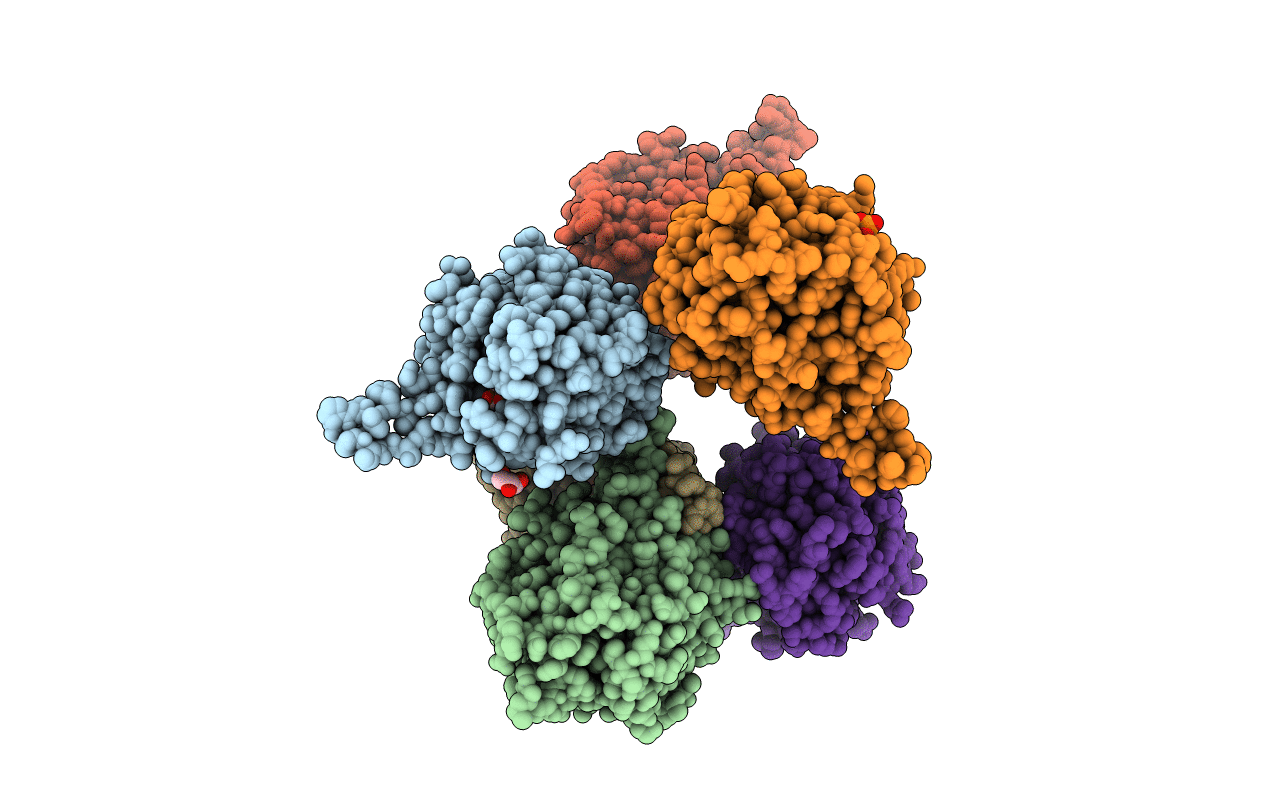
Deposition Date
2007-08-24
Release Date
2007-10-09
Last Version Date
2024-02-21
Entry Detail
PDB ID:
2R2D
Keywords:
Title:
Structure of a quorum-quenching lactonase (AiiB) from Agrobacterium tumefaciens
Biological Source:
Source Organism:
Agrobacterium tumefaciens (Taxon ID: 176299)
Host Organism:
Method Details:
Experimental Method:
Resolution:
1.75 Å
R-Value Free:
0.21
R-Value Work:
0.15
R-Value Observed:
0.16
Space Group:
P 1 21 1


